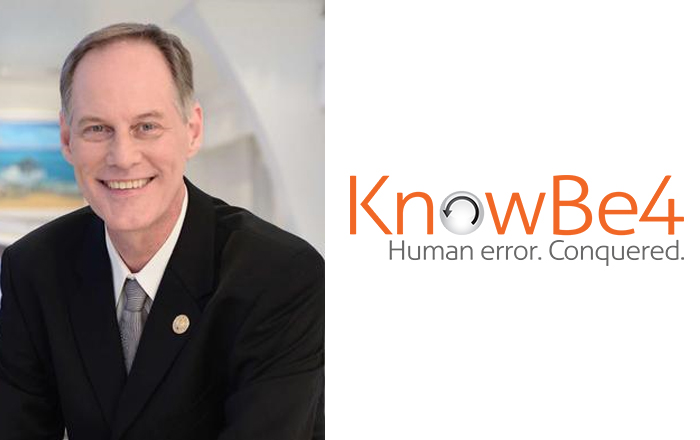Automation is becoming ubiquitous across most industries. In manufacturing, global sales of industrial robots are expected to almost double in volume by 2018, reaching 400,000 units[1]. In the home, revenue from the home automation segment is expected to hit over $6 million this year and show an annual growth rate of CAGR 28.19%[2].
One of the biggest areas for automation we have seen is in the automotive industry, with the appetite for fully autonomous, self-drive vehicles growing. Earlier this month, automotive giant Mercedes-Benz previewed the potential future of urban transportation by trialling its autonomous CityPilot bus in Amsterdam. This was in a move it claimed would make public transport operate “even more safely, efficiently, and comfortably”[3].
This claim of the safety benefits is maybe not as flippant as it first sounds. Science fiction films often feature a central computer that is a collective amalgamation of numerous thoughts. But there is no reason for it to remain fiction. An automated vehicle could be the safest on the road were it to tap into a collective driving experience. Think of how you yourself drive home from work, go through traffic lights and circumvent roundabouts. It is all done naturally through a built up knowledge from experience. Now, imagine that the experiences from all of the drivers in the UK are uploaded into one database and used to drive the automated cars of the future. The automated car would be a driver with millions of years’ experience.
This would be the ultimate in collective consciousness big data. Yet, as with big data in all its forms, the valuable information lying beneath needs to be unlocked through effective analytics so that the findings can be processed, extrapolated and used correctly.
This data can be used by city planners across the globe who are falling over themselves to develop ‘smart cities’ built upon automation. For instance, in an effort to address the growing problems of congestion on the roads, Singapore has recently started testing a small fleet of automated Audi taxis to carry passengers around a business park[4]. The driverless cabs are thought to reduce the cost of an average journey by 70 per cent by removing the need for a driver. Although the cars will initially have drivers ready to take over if the technology fails, the plan is to gradually phase the human out in 2019. The pilot ends in 2020 with a view to rolling out a wider deployment after that. The cars will be fitted with software that will allow commuters to book them, in a similar way to ride-sharing services Uber and Lyft. Similar pilot programmes in the US and Europe are likely to be announced later this year.
Driven, in part, by the wider trend for digital transformation, automation is here to stay. What is important, is to look at automation from the entire business perspective and end-to-end process. Organisations 20 years ago would automate a software test on a straightforward algorithm, however now we have a mass of integrated systems as well as embedded software and engineering that must integrate. This makes quality assurance and testing of such integrated systems far more complex and, therefore, demand complex automated test strategies.
The only way to assure that a business works as it should is to continuously test the entire business process, to ensure that an upgrade being implemented at one part of the digital ‘chain’ won’t affect digital operations elsewhere.
Whilst it is possible to pool together combined knowledge into actionable digital intelligence that can be used to automate the majority of the quality assurance process, it is important to remember that it takes a human to predict what a human will do. Because of this, it is never wise to completely remove humans from the quality assurance process, however we believe at least 30% of transactional activities involving IT will be automated by robots over the next 5-10 years.
In conclusion, the automation of a business process needs to be underpinned by a comprehensive end-to-end quality assurance plan that includes an optimum combination of automated static analysis and expert human review. Any quality assurance needs to be done from the very beginning of a product or service development, and continued throughout. It is not enough to just test the new process to see if it will pass or not. The advisory capacity of domain knowledge is crucial to ensuring that automation isn’t simply an automatic route to disaster.
1 http://www.industryeurope.net/Article/9389/Automation-on-rise-according-to-IFR-statistics/
2 https://www.statista.com/outlook/280/100/home-automation/worldwide
3 http://www.forbes.com/sites/dougnewcomb/2016/07/29/mercedes-benz-demonstrates-self-driving-bus/#16e4fe05498b
4 http://www.bbc.co.uk/news/technology-36952252
[1] http://www.industryeurope.net/Article/9389/Automation-on-rise-according-to-IFR-statistics/
[2] https://www.statista.com/outlook/280/100/home-automation/worldwide
[3] http://www.forbes.com/sites/dougnewcomb/2016/07/29/mercedes-benz-demonstrates-self-driving-bus/#16e4fe05498b
[4] http://www.bbc.co.uk/news/technology-36952252








